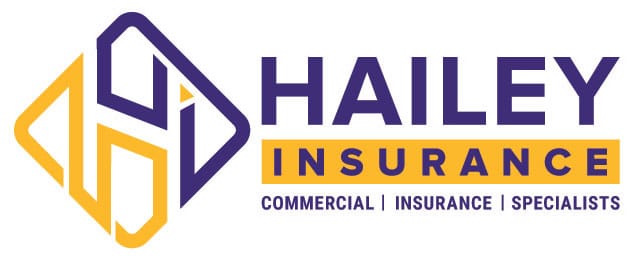There are things in life that need protection. Your business is definitely one of them. Get the peace of mind that comes with knowing you are properly insured for whatever comes along.
Let Hailey Insurance do the homework to come up with an insurance policy that‘s right for you.
 Small Business Insurance Basics
Small Business Insurance Basics
Insurers often combine a number of insurance coverages into a package sold as a single contract. The most common policy for small business is the Business Owner's Policy (BOP).
The BOP combines coverage for all major property and liability insurance risks, as well as many additional coverages into one package policy suitable for most small businesses.
The term “BOP” specifically refers to insurance policy language developed (and revised as needed) by experts at ISO. ISO provides sample insurance policy language, research and a variety of other products to insurance companies.
The BOP includes business income insurance – sometimes called business interruption insurance. This compensates a business owner for income lost following a disaster. Disasters typically disrupt operations and may force a business to vacate its premises. Business income insurance also covers the extra expense possibly incurred if a business must operate out of a temporary location.
To cover specific risks associated with a business, a variety of additional coverages may be added to the basic BOP. For example, if a business has an outdoor sign, the BOP doesn’t cover it, unless coverage is specifically added for an additional premium. If a business relies on electronic commerce, the owner can add coverage for lost income and extra expenses in the event the ability of the business to conduct e-commerce is slowed down or stopped due to a computer virus or hacker.
Only small to medium-sized businesses meeting certain criteria are eligible for a BOP. Factors insurers consider include: the size of the premises, the required limits of liability, the type of business and the extent of offsite activity. Premiums for BOP policies are based on those factors, plus business location, financial stability, building construction, security features and fire hazards.

